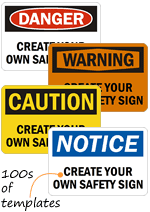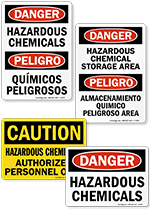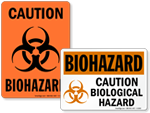A.
OSHA does not have a specific standard for biohazard safety at the workplace. Only one of its standards (1910.1030 - Occupational Exposure to Bloodborne Pathogens) discusses biohazard safety in a laboratory setting. “The bloodborne pathogens standard requires that the biohazard label be affixed to containers of regulated waste and other containers used to store, transport, or ship blood or other potentially infectious materials; a red container may be substituted for the biohazard label.”
However, in general, once a biological hazard is identified in the workplace, it is essential to eliminate or reduce the risk to employees. Two types of controls can be implemented to address biological hazards - administrative and engineering controls.
Engineering controls can include regular cleaning, pest prevention/extermination, wearing proper PPE, and proper disposal of Biohazards.
Administrative controls can include allowing medical leaves to employees, providing immunization programs, limiting exposure to biohazards, and training staff to work safely around them.















